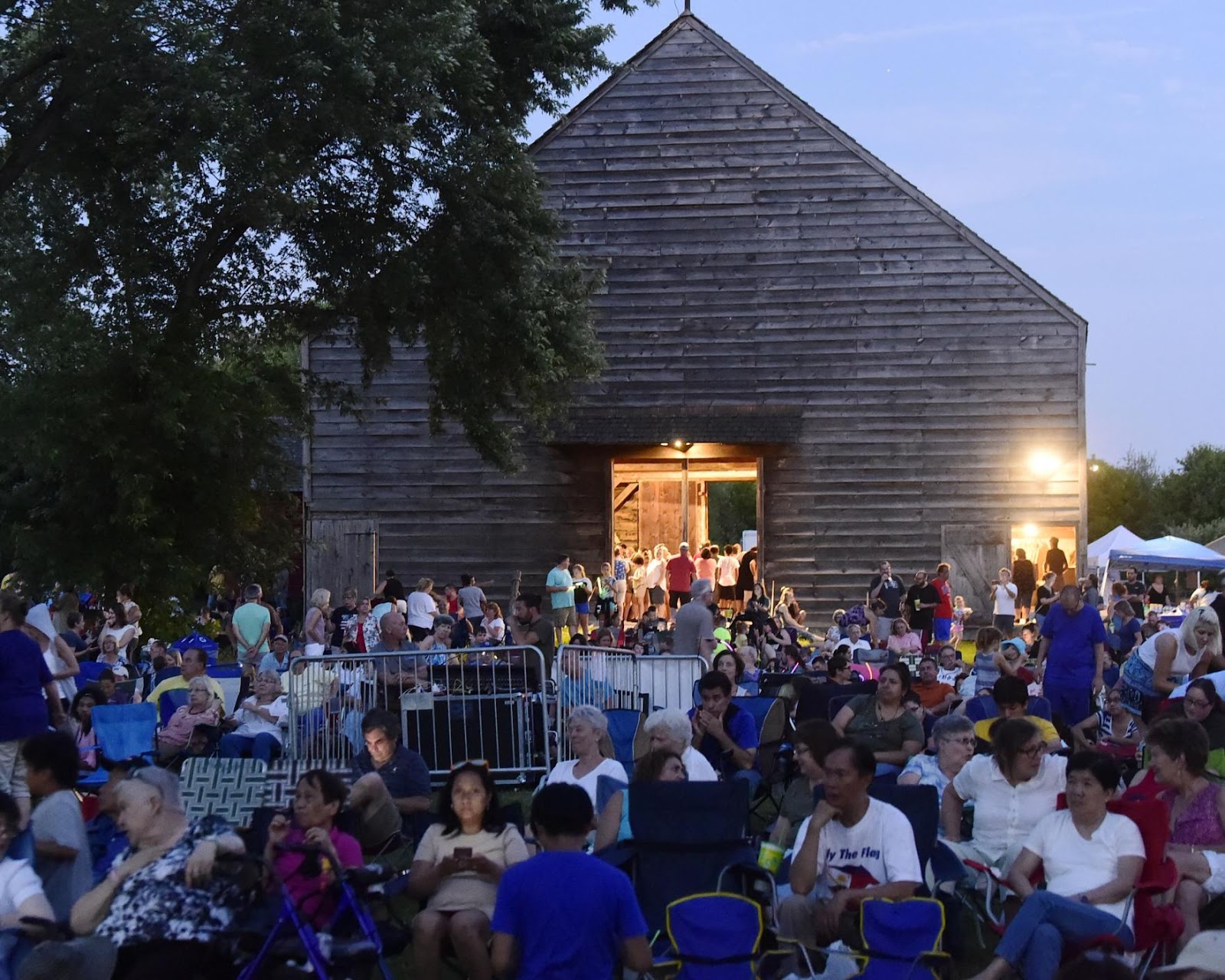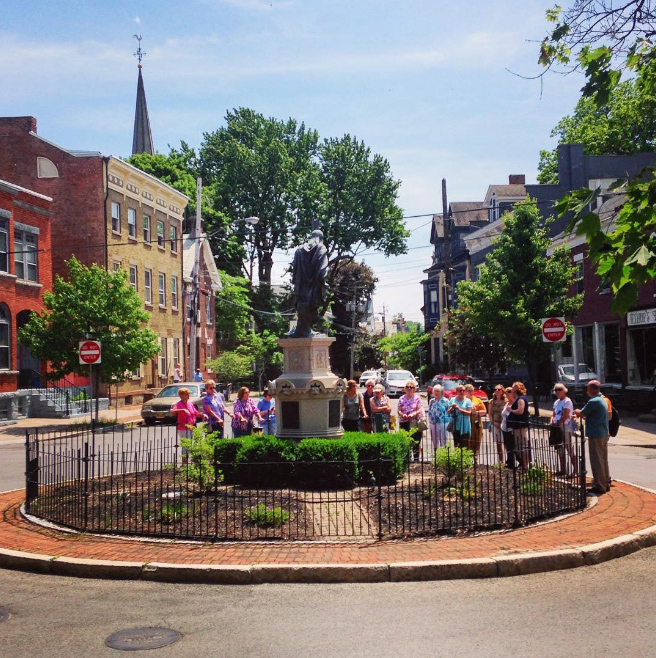As communities that surround museums change and the pressure to remain relevant and create more sustainable sources of revenue increases, museums are looking at the roles they play in their community. Through relevant programming, exhibitions, and events, museums can reach new audiences, celebrate local history and culture, and add to the quality of life in their communities.

New programming has brought in new audiences at the Schenectady County Historical Society like their Independence Day Celebration with the Schenectady Symphony (pictured above). Image courtesy Schenectady County Historical Society.
Schenectady County Historical Society is evolving how they create programming. Their goal? Beyond increasing attendance, the Schenectady County Historical Society (SCHS) wanted their audience to reflect their community. On the journey from a once-a-month lecture to multiple events and programs that embrace partnerships and allow for feedback created an active, year-round calendar. The SCHS embraced change, became flexible, and didn’t let fear of the unknown hinder their desire to develop into a multi-faceted historical site.
The historical society has embraced its educational role and serves over 2,000 school children each year. “It’s at the core of what we do,” said Schenectady County Historical Society Executive Director Mary Zawacki. “We focus on education to help open minds and increase the quality of life in Schenectady.” SCHS has expanded its walking tours to incorporate the cultural heritage of its residents. The Taste of Little Italy Tour incorporates history told through local Italian restaurants, another promotes Schenectady’s rich African American heritage and shares the unique struggles and achievements of the community.

Executive Director Zawacki shared that at the start there was a fear of alienating existing audience members when venturing into new types of programming. Having a dedicated audience for a specific program is great, but when that audience for the program is decreasing, increasing change might be what saves it. SCHS saw a dedicated but shrinking audience for its lecture series. The audience was enthusiastic but the historical society needed to draw more people.
The lecture series was changed to a new day (Saturdays at 2 pm) which increased attendance and accessibility. The conversations and speakers from a hundred-mile radius were analyzed content and popularity. The content was important to increase attendance but strategic scheduling helped. The SCHS lecture series saw strong numbers in the winter, January to April because it was not trying to compete with other events. January to April is often referred to as the off-season, but SCHS discovered that more people were not traveling and looking for something to do locally. As a result, the attendance in these months averages about 100 people per lecture. Was there a fearful thought that their long-standing audience would object to a new day or to a different type of speaker? Yes but there was the possibility that the existing audience would follow. Adapting a program so that it is more diverse, attracts a new audience, and is more accessible is part of looking to establish a more sustainable future for any organization.
Taking a leap into new programming doesn’t mean diving completely into the unknown. SCHS uses its community as a resource when examining potential programming and events. They prioritized forums and feedback in order to keep programming and events relevant to the community and to create events that people will want to attend.
Local partnerships played an important role in developing or altering the SCHS programming. Food and drinks are popular components for museum events, but Schenectady didn’t just use drinks to attract an audience. SCHS discovered the affection and local pride associated with Schenectady County breweries and local breweries participating in programs became a natural community partnership that tied into Schnectadys’ culture. The result? Events that included breweries increased attendance and were rated highly by attendees. The SCHS found that these events encouraged group outings, that increased attendance. Families, friends, work colleagues were using SCHS events as a chance to connect with one another. 
SCHS’s Mabee Farm partnered with Electric City Food-Op for “Mabee Farm to Fork” to celebrate local foods. “Mabee Farm to Fork” became another gathering event while demonstrating that Mabee Farm is a working farm. The historical society also utilized another local resource for creating programs, the Mohawk River. “Kayaking Through History” has visitors paddle upstream and an SCHS guide talks about the river and its surroundings. This tour focuses on biodiversity, invasive species, and river ecology. It is another example of how creating a different type of program that can appeal to a different type of visitor while using a local resource, the Mohawk River, in a new way. In the past five years, the SCHS has not been the only one who has turned to the river, but the area as a whole is looking to capture its tourism potential resulting in increased economic development along the river.
Zawacki’s advice to other historical societies and museums is to not fear change but to cultivate a culture that is open and willing to try new things. Even if a new event is not successful, it is a lesson learned and a starting point for the next idea.
Further Reading / Resources
Schenectady County Historical Society Programs
http://schenectadyhistorical.org/programs/
Historical Societies and the March of Time
https://aaslh.org/historical-societies-and-the-march-of-time/
